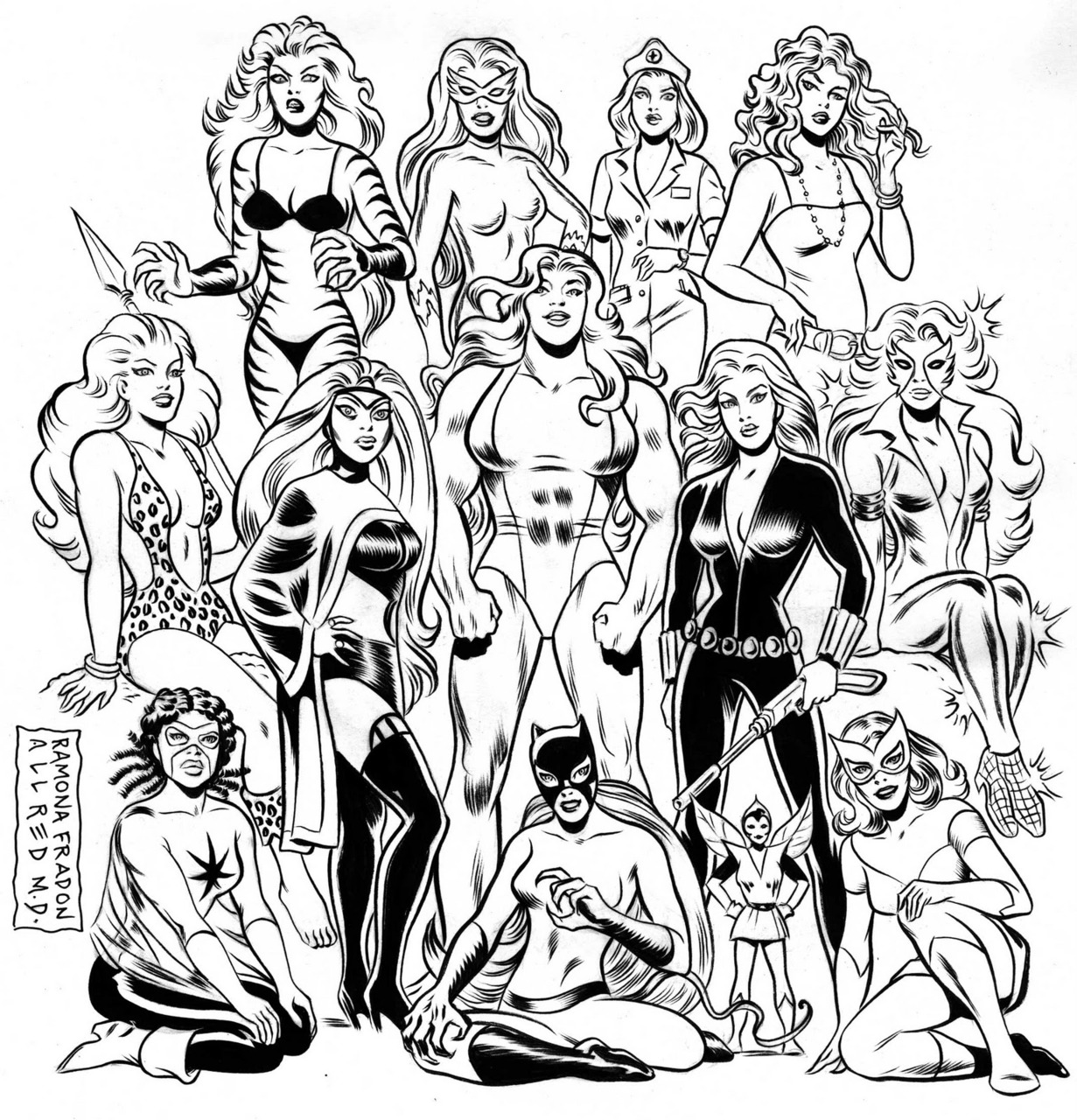
Women of Marvel by Ramona Fradon and Mike Allred
Ragtag grab-bag
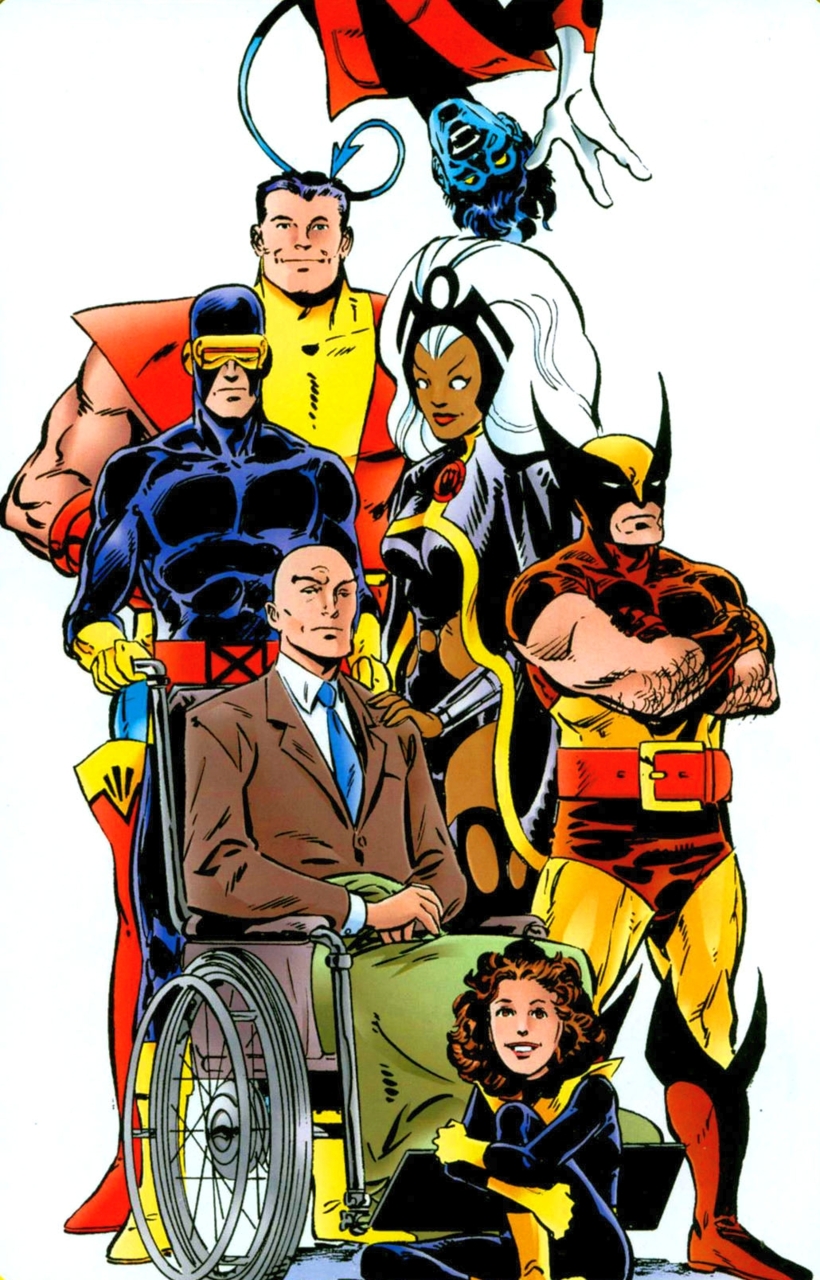
Good times.

Witness the magic at 3:07:
My pal Dan (at ultrasparky.tumblr.com and pinkmince.tumblr.com) told me over the weekend that Justin Bieber and John Waters met on a talk show in the UK, and that somewhere out there was a picture of the little guy with a John Waters mustache drawn on. I had to go looking…
Here’s the full story, if you’re interested: http://bit.ly/hqDiDb. All you really need to know, though, is this:
Not long after the shrieking died down from Bieber’s introduction, the 16-year-old asked if he could say something. He leaned across to Waters’ end of the couch and pronounced as only a teen could: “Your ‘stache is the jam.”
“Thank you. Thank you very much,” Waters replied, a big smile on his face. He then pulled an eyebrow pencil from his pocket and handed it down to Bieber, saying, “If you want to try it…. Can I draw it on you?”
Bieber took the pen but declined Waters’ offer of artistry. “I’m good,” he demurred. “Maybe later.”
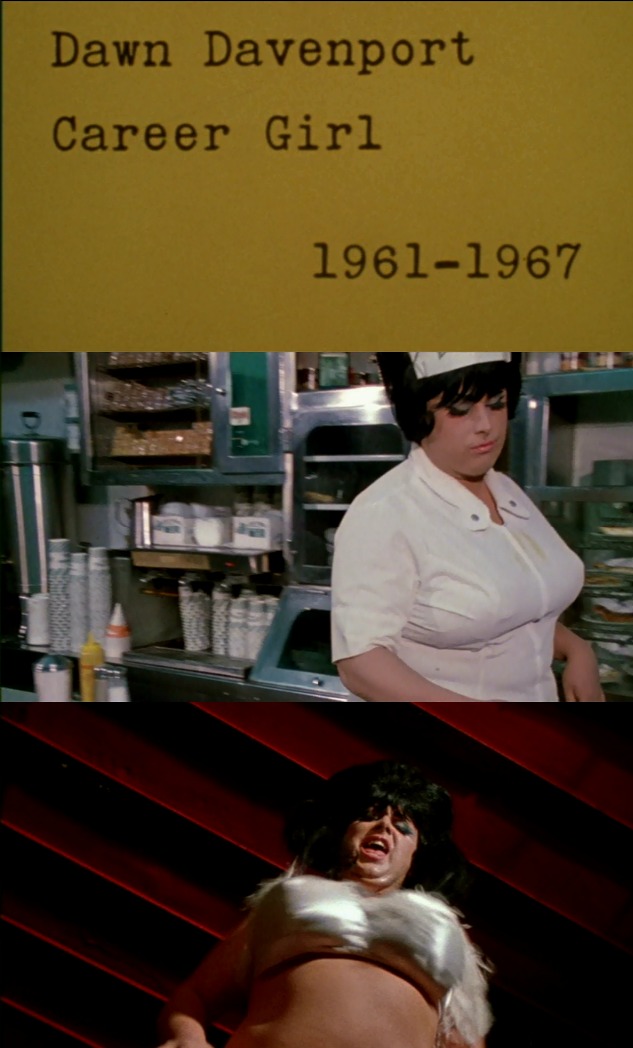
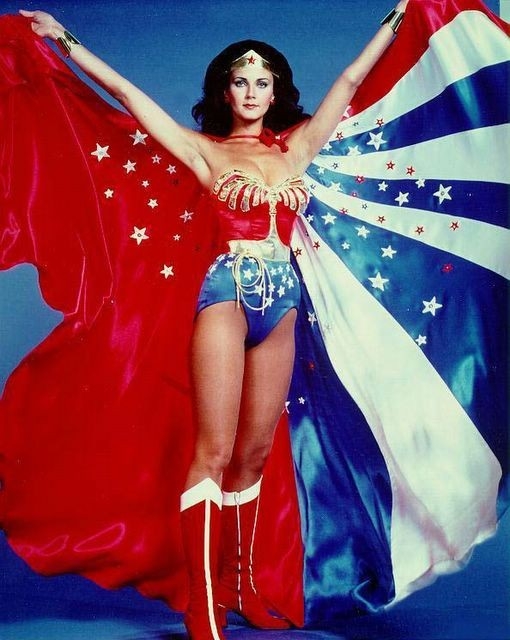
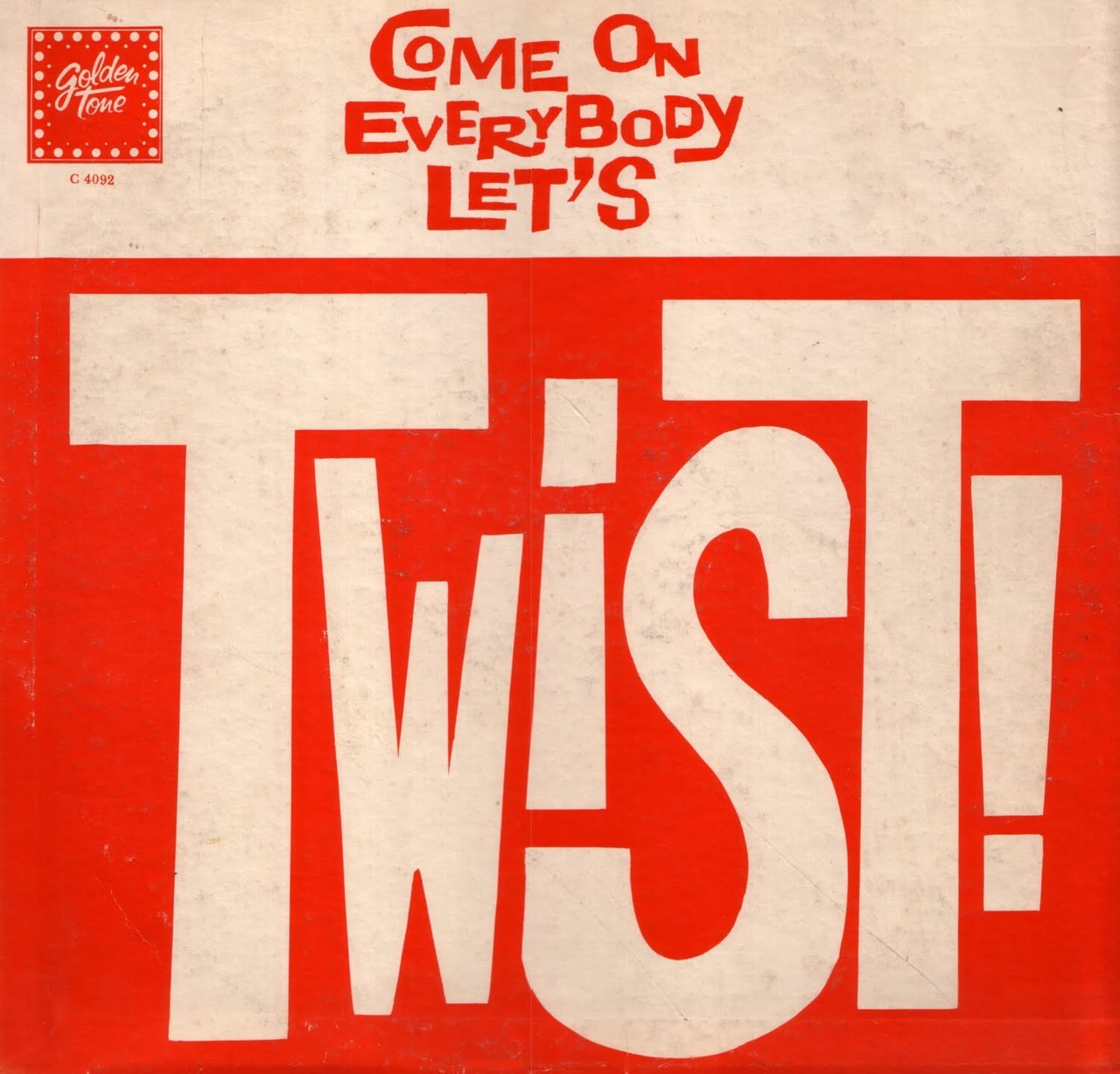

Irreverence You Can Almost Touch -“The most disposable yet fascinating of all magazines are the small do-it-yourself, photocopied or offset-printed fanzines. Before Web sites and blogs, these zines were a bridge between mainstream magazines and personal newsletters. Well, maybe not a bridge per se, but an alternative to slicks, one that could be produced with minimal cost and by virtually anyone with a mind to publish. Spiritually related to Dadaist and Surrealist art journals of the 1920s, yet born of the ’60s underground press, these limited-run, nonprofessionally produced zines, when seen in light of today’s digital culture, were, and in some cases still are, the last stop on the road to print’s predicted extinction”
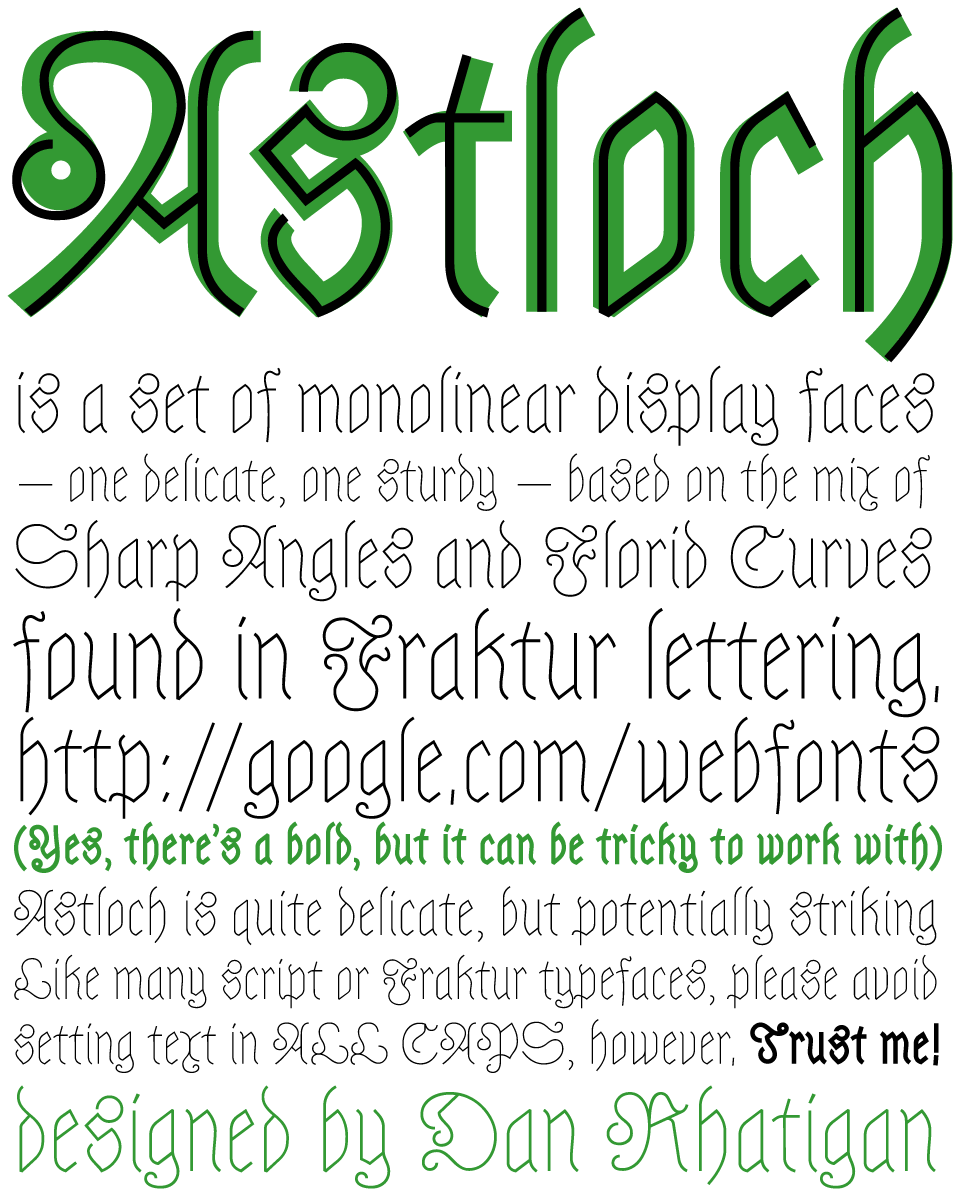
This is my second experiment for the Google webfonts project, somewhat hot on the heels of Copse. Astloch is a pair of fonts based on the interplay of sharp angles and large, loopy curves found in Fraktur lettering. (Astloch is the German word for a knot in a tree or a piece of wood, so it’s staying within the woodland theme with a nod to its German influence.)
Again, I used the Google commission to challenge myself to come up with a focused concept for a display face. Certainly this one is suitable only for display settings. You might be able to make out the text at small sizes, but this is really about looking at big, playful shapes. The original idea was to take the shapes of a typical Fraktur design and eliminate the contrast altogether. What was immediately obvious was that some liberties had to be taken to connect the strokes and establish alignments. The next challenge was the basic legibility of a lot of the letters. Many traditional Fraktur letterforms barely resemble their Roman versions, so I had to invent new shapes that felt Germanic but had recognizable structures, especially with the caps. I can already see some things that will change in later iterations of the design, but for now I hope people see some potential use for this pair of fonts.
Although Google shows statistics on how many times these fonts have been viewed, downloaded, or used at webfotns (although it doesn’t distinguish which), I have no way of knowing who actually has been using these. If you have, please let me know! I would love to see either Copse or Astloch in action.